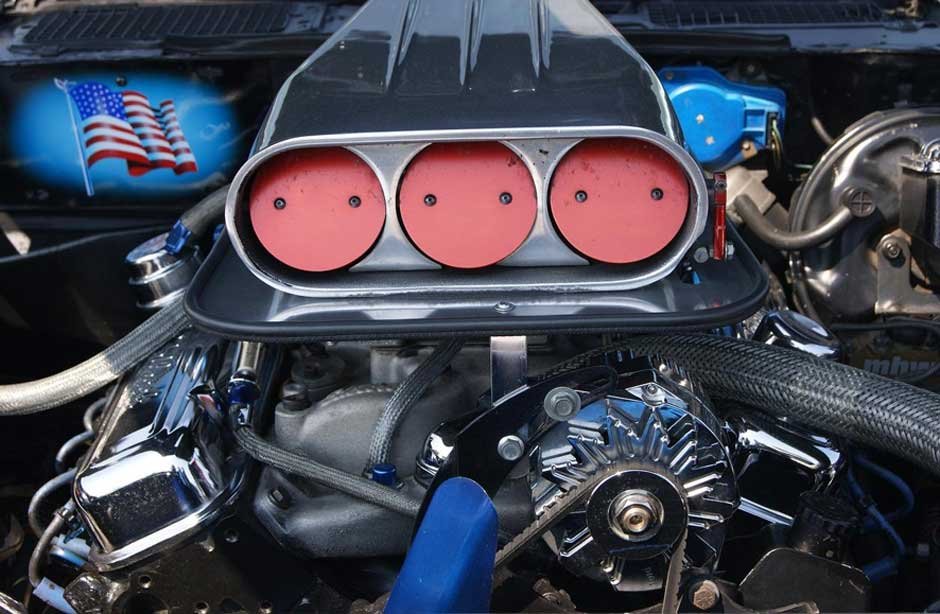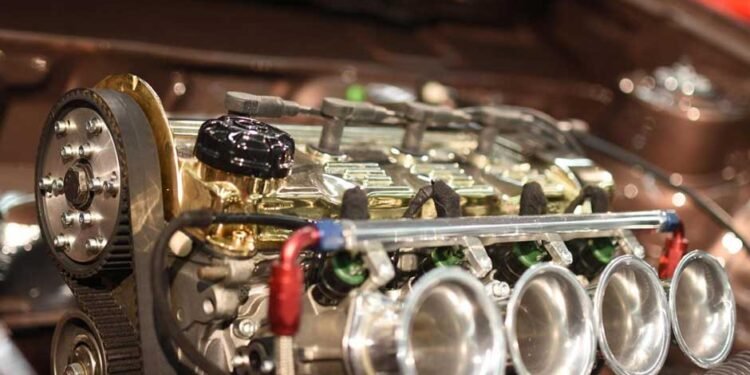A conjunction of subtractive production and computational precision, CNC turning empties out the metal inventory into accurately formed parts. It’s performed using algorithms and G-code to escort rotating workpieces on a tool path accurate to the micron.
In many stores, the precise CNC turned parts explain how adjusted feed rates and coolant flow can maintain close tolerances. Metal and math come together in an anticipated pattern, which fits detailed parts time after time.
Fundamentals of CNC Turning
The tradition of turning started on wooden lathes. But its principle still consists of taking away a piece of material from a rotating workpiece. The more modern CNC lathes would read a digital model and then drive the X and Z axes in micron increments.
Closed-loop encoders monitor each pulse so that the tooltip follows the same motions, part to part. The spindles surpass 1,000 rpm; carbide inserts are exchanged in seconds in quick-change turrets that reduce idle time to a minimum.
Long before the metal is turned, the CAM software runs out of the route, detects collisions, and maximizes surface finish. The outcome is a workflow in which design, code, and machine form a predictable unity.
Precision Processes in Action
Bar feeders automatically feed into the production cells pieces of raw stock, and nothing will move on the spindle. Internal channels of flood coolant run through the part to take away heat and dramatically increase tool life.
Adaptive controls monitor spindle load and feed back to the throttle anytime the cutting force exceeds a set value. Part-clamped diameter judges use optical probes that detect two-micron and greater deviations.
Automatic machines, which have different features, such as turning, drilling, and threading by eight spindles, are standard in high-volume shops. Tangential grinders smooth surfaces after cutting, and oil and chips rise out of bores in ultrasound baths.
Material Versatility and Applications

CNC turning works with steel, aluminum, bronze, brass, nickel-silver, and copper, which require different speeds and insert geometries. Vibration under highway torque on the automotive drivetrain hub is avoided through a perfectly concentric bore. Medical implants need mirror finishes that promote tissue growth and prevent corrosion within the body.
In the consumer electronics sector, miniature shafts rotate fans, and each micron determines acoustics and battery life. Surface features enhance fatigue life with roughness below Ra 0.40 m, particularly in aerospace patient high-stress fasteners.
This repeatability occurs since the lathe functions like a mathematical function, which produces the same result under any input. It’s now possible to gain these attributes with reduced environmental impact in shops with energy-efficient motors and biodegradable coolants.
Spirals Toward Tomorrow
CNC turning shows that geometry is not a theoretical concept; it’s a tangible power that controls each cut. Digital models power machines that never guess but only calculate, repeat, and double-check in milliseconds.
As hybrid additive systems combine with lathes, impossible complexity is now routine. AI already adjusts spindle speed dynamically while on the fly in real time to reduce cycle times and conserve resources.












